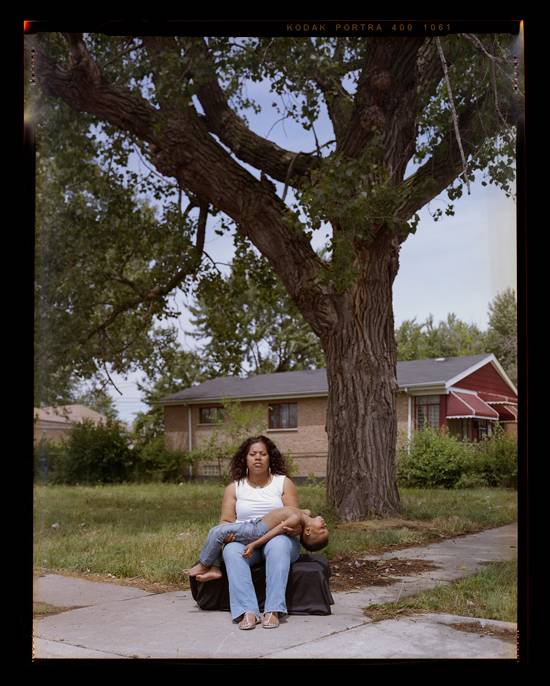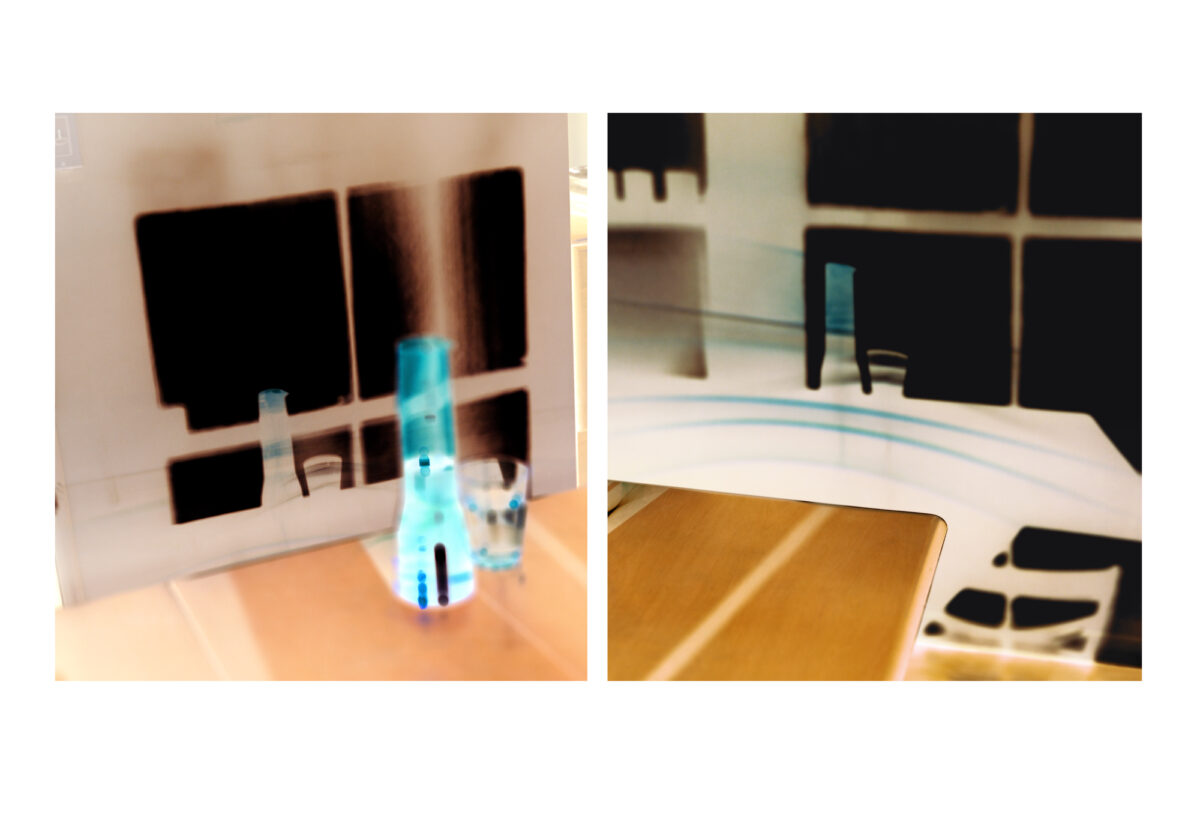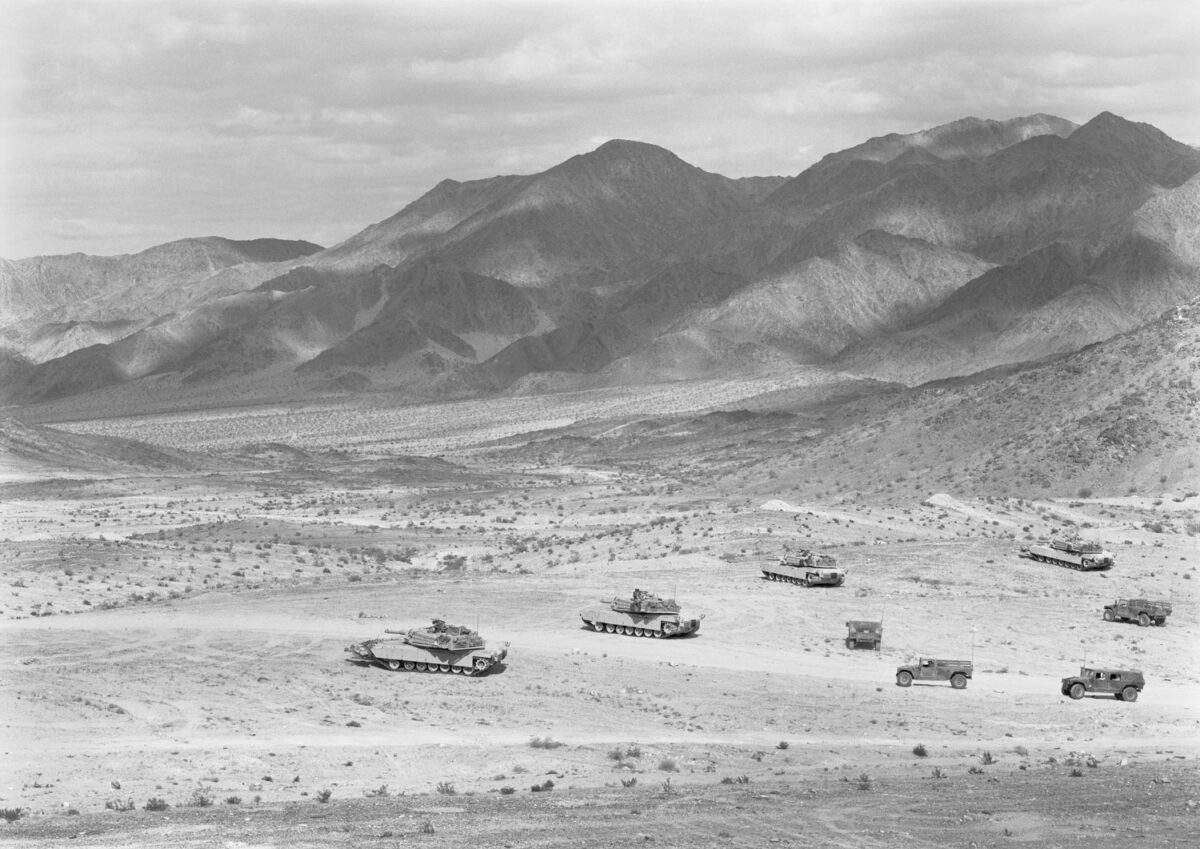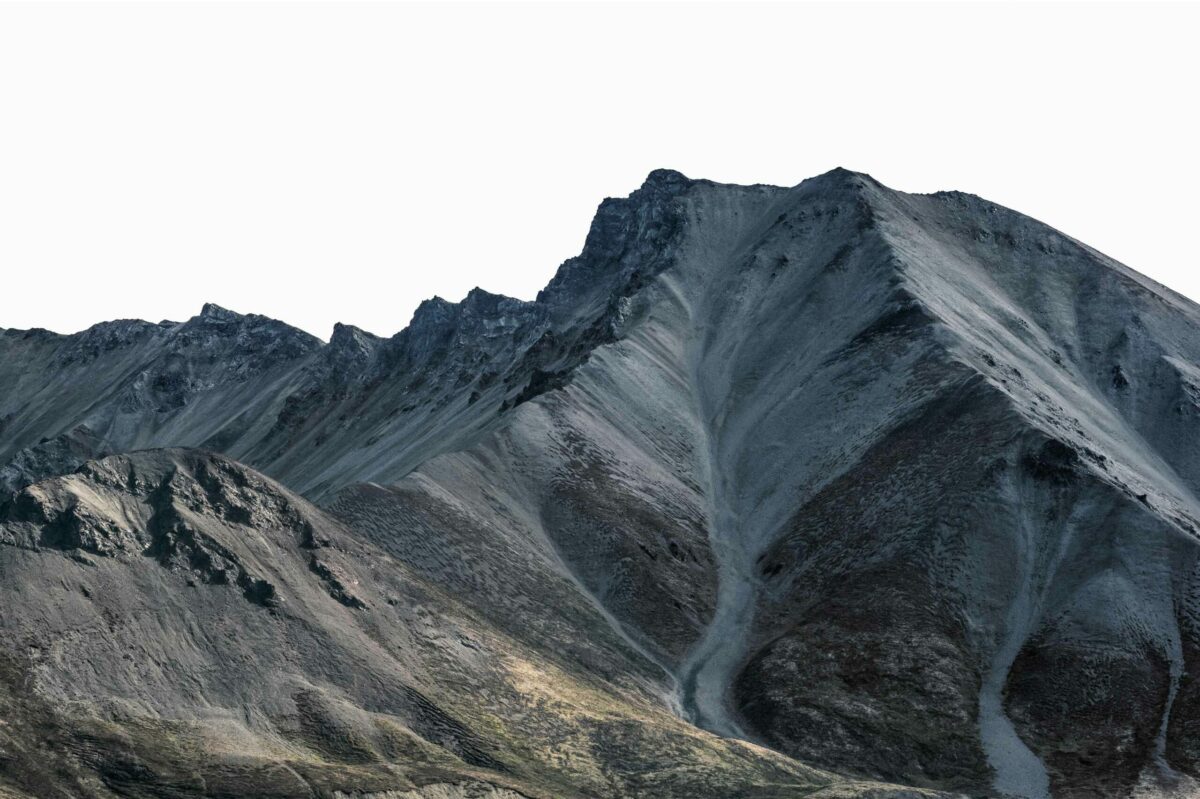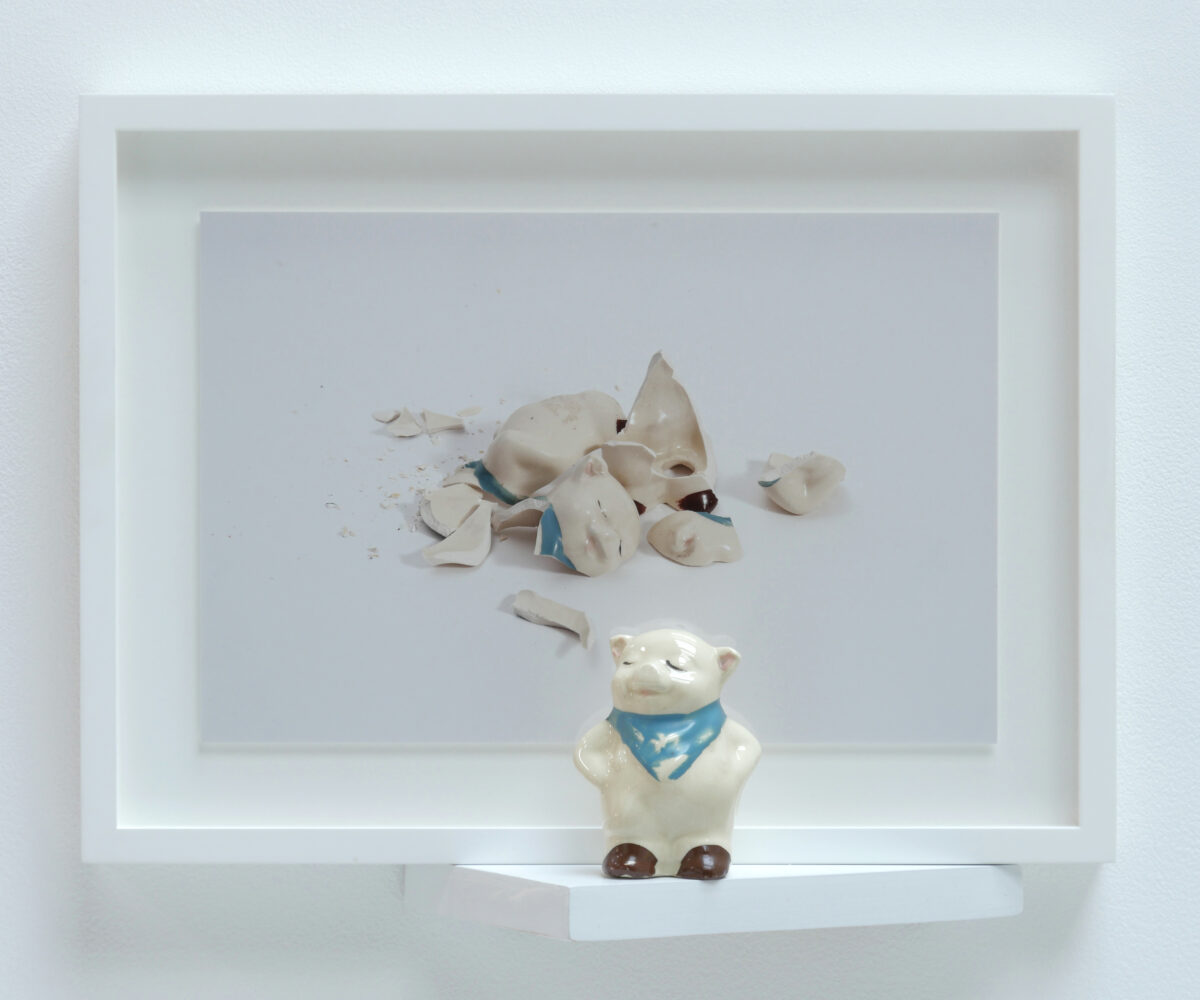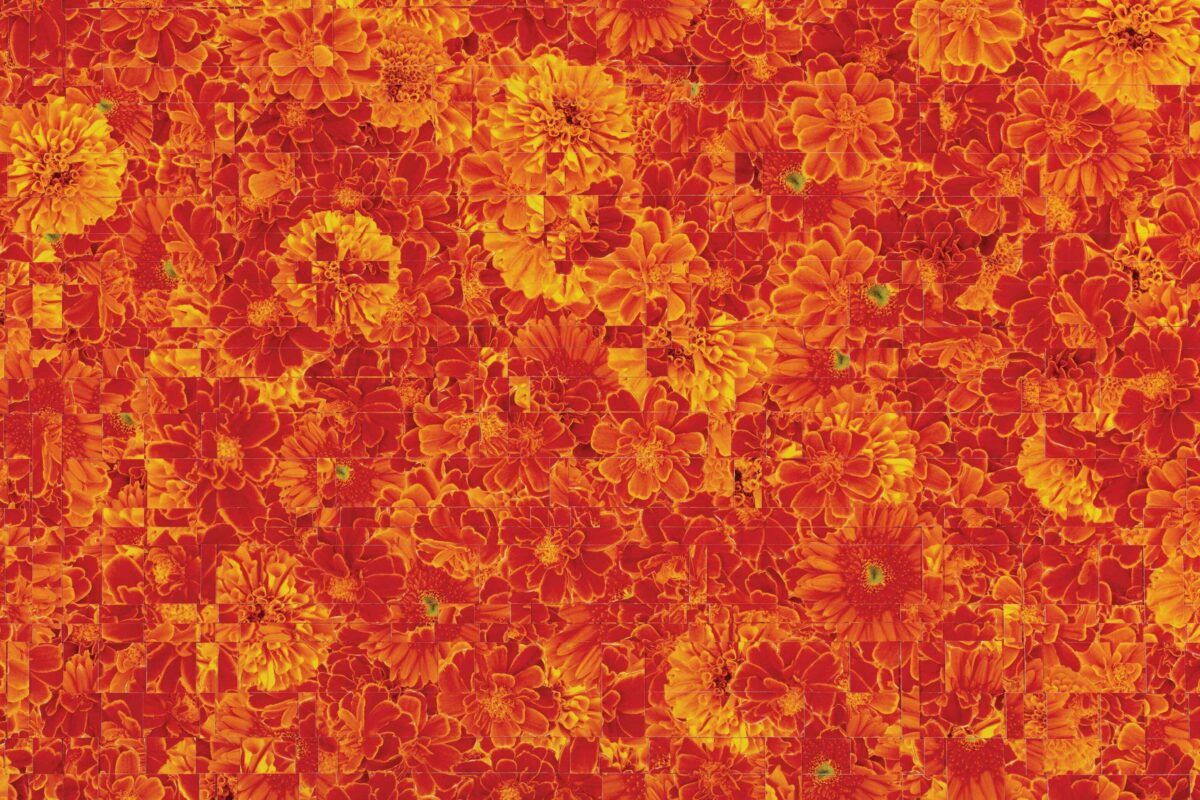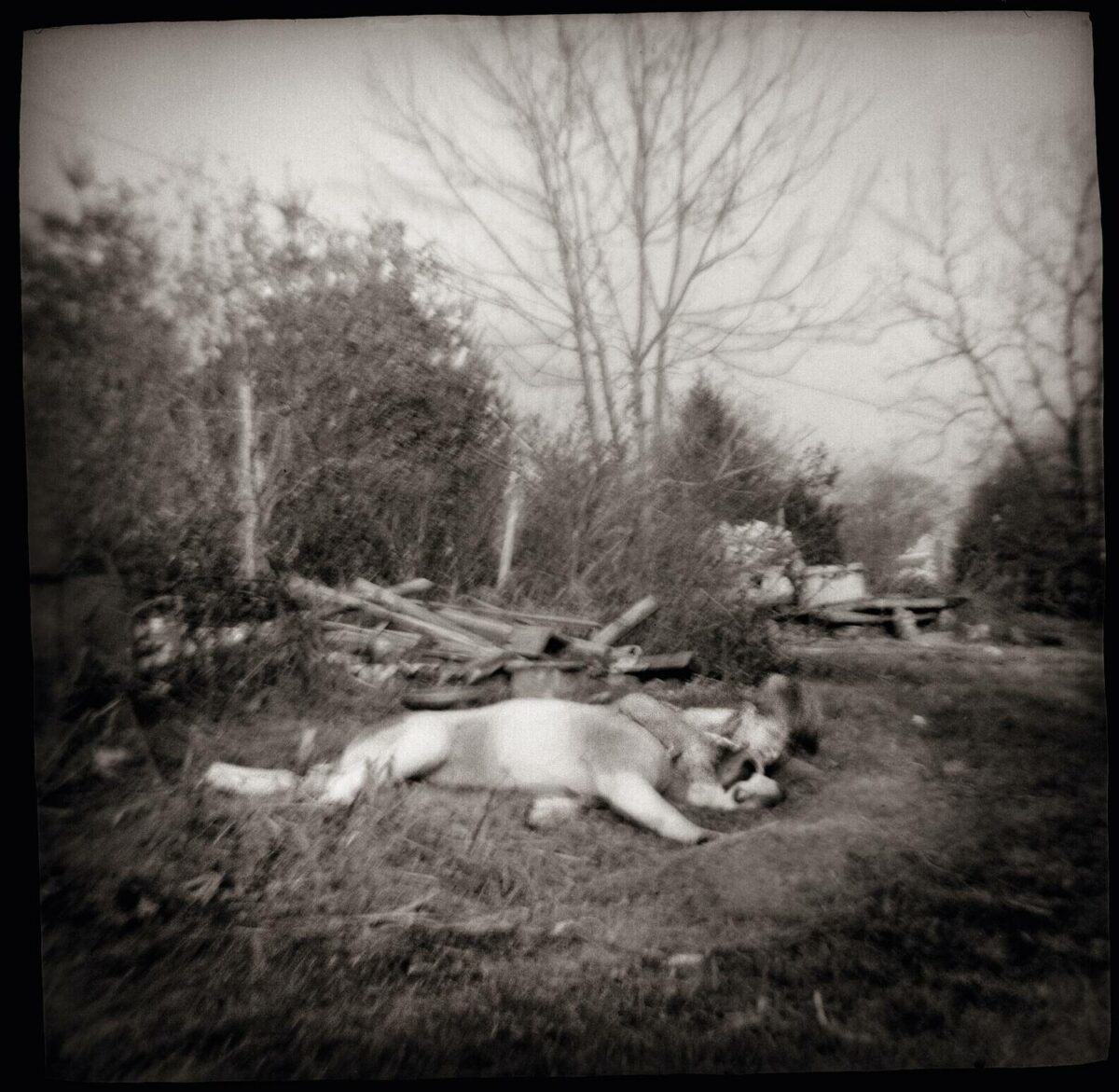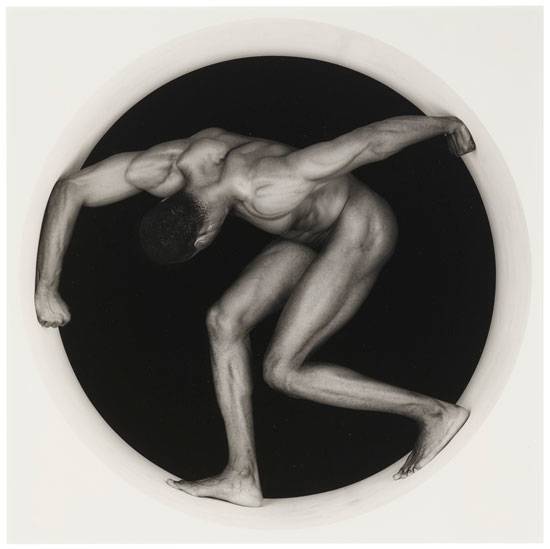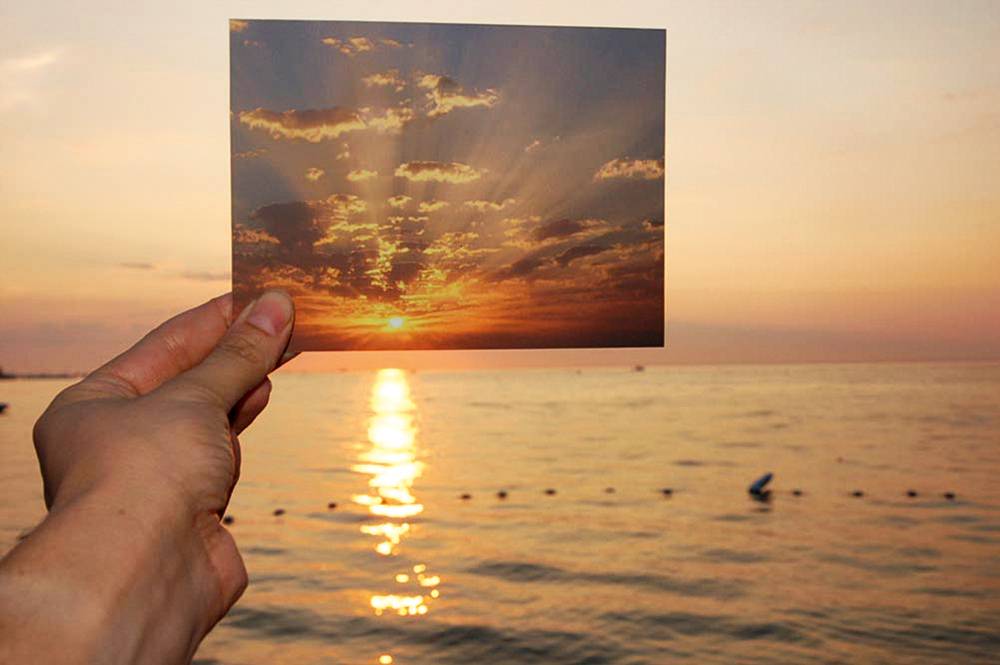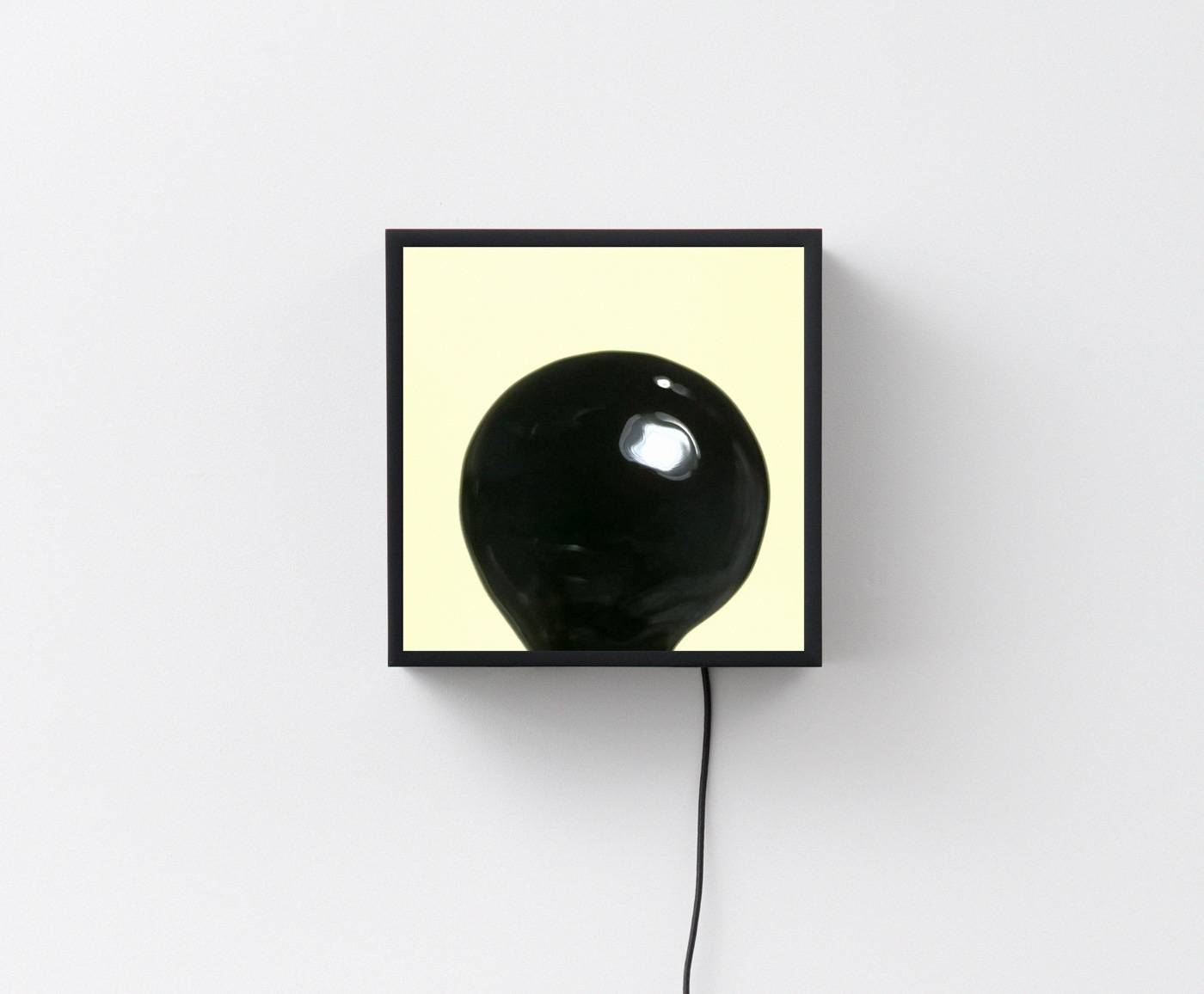

Time is the literal and conceptual concern in photography, and that temporal notion has been exploded by the advent of smart-phone video capabilities. Gifs and apps such as Snapchat and Instagram allow for compact moving images that are too short for narrative, but too long to be photographs. Owen Kydd is noted for making monitor-based works that he calls “static images with time added,” and his current show at Casemore Kirkeby, in San Francisco’s new art hub, Minnesota Street Project, through April 30, is a seven-work sampler of the LA-based artist’s practice with various configurations of monitors, prints, moving and static images.
There’s a cool beauty to Kydd’s moving images. 20 Degree Views, August, 2015, is a looped series of fixed-camera rooftop views of the sky with a strip of a structure at the bottom of the frame serving as a border. In some shots, the sky is clear; in others, clouds calmly float. The image in Heavy Water, 2015, resembles a shiny black bowling ball on a white background, except for a wriggling fluidity—it actually depicts an oil-like material used in special effects, as well as in nuclear technology. Its undulating mercury-like qualities make it a perfect Kydd element, whose essence can’t quite be portrayed in a single shot.
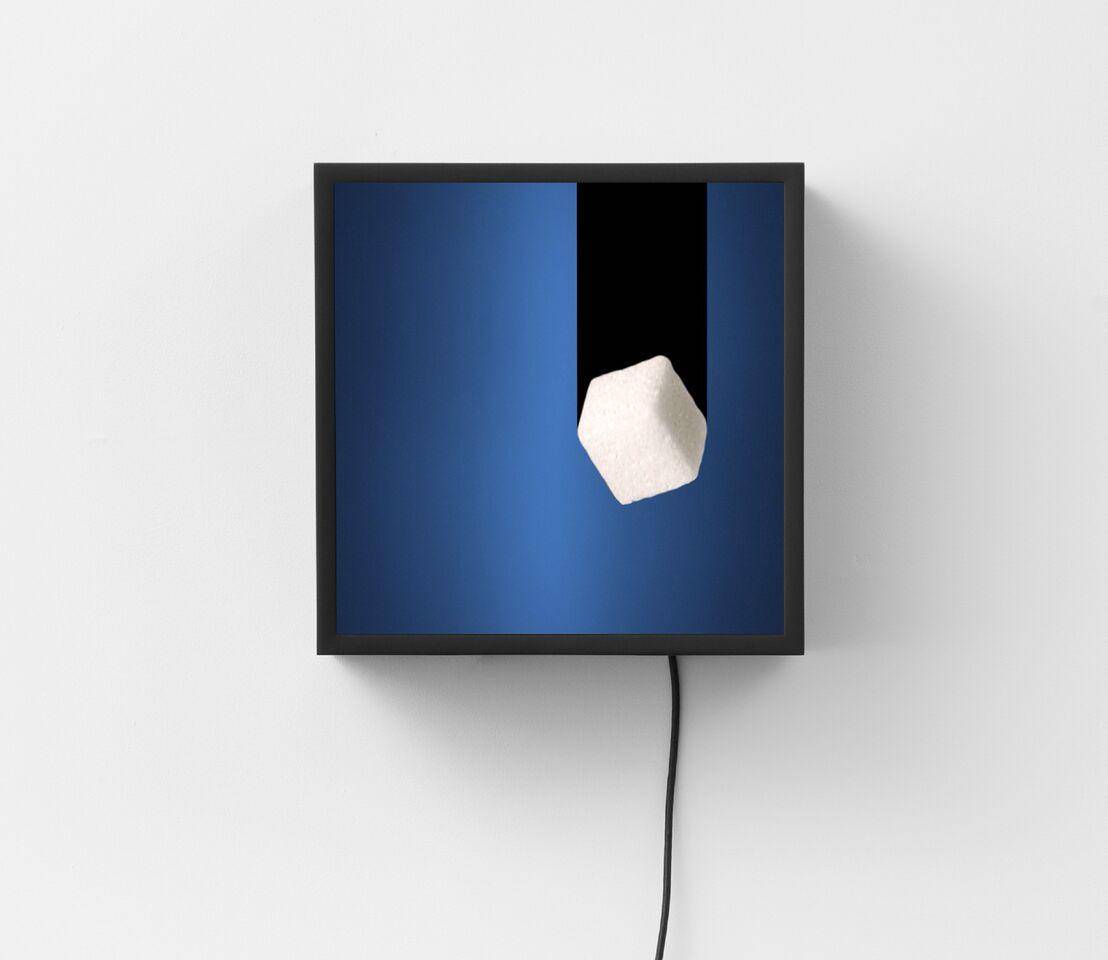

Two works complicate the dynamic between motion and stillness by creating a form of diptych, with the video display hung directly on a mural print that’s affixed to the wall, adding an architectural solidity to the image. The large static image in Moth, 2015, is an exterior shot of a standing male figure wearing a gray hoodie; it exudes the theatricality of a Jeff Wall piece while also referencing a 17-century painting, St. Francis of Assisi in His Tomb by Francisco de Zurbarán. To the left is a video monitor with an image of a moth seemingly pinned to a gridded backdrop. At times the insect appears to ascend, though this nod to Muybridge’s motion studies is actually an illusion of animation. The work’s reference to ascension involves a merger of history and the present that reveals the richness of Kydd’s hybrid practice and his extension of our viewing time.

